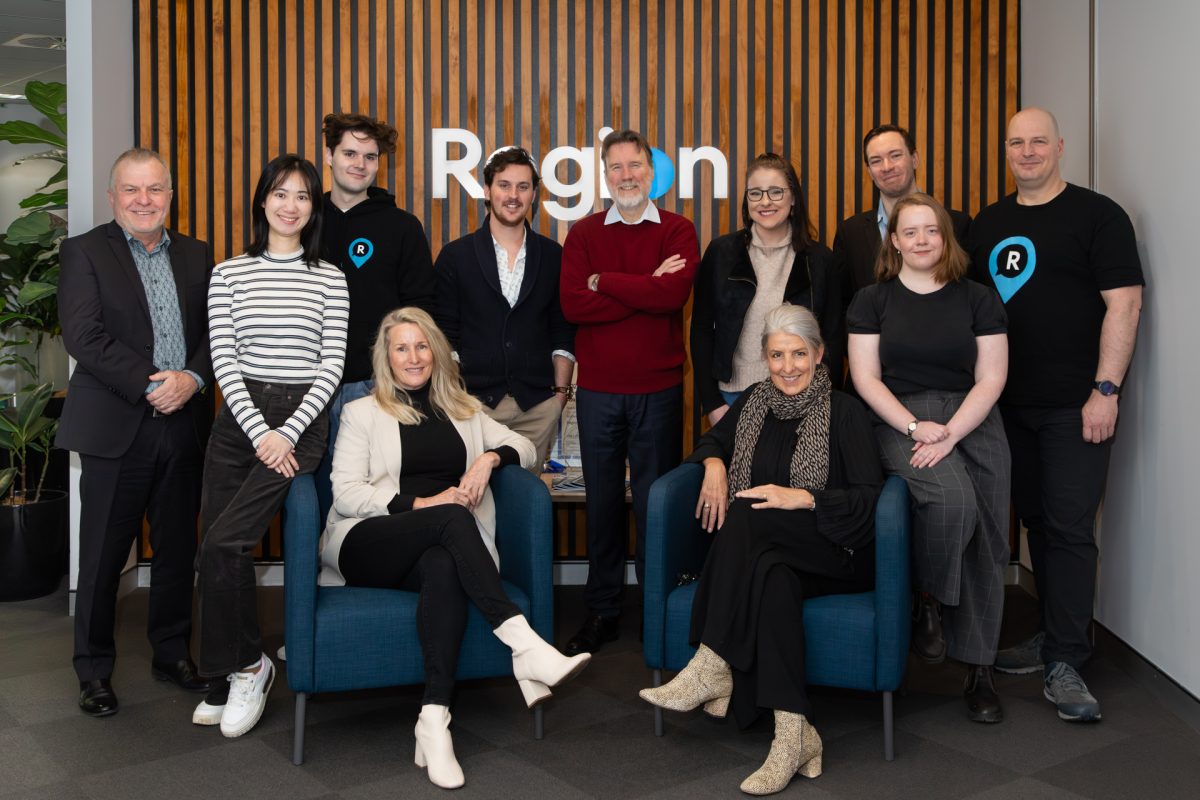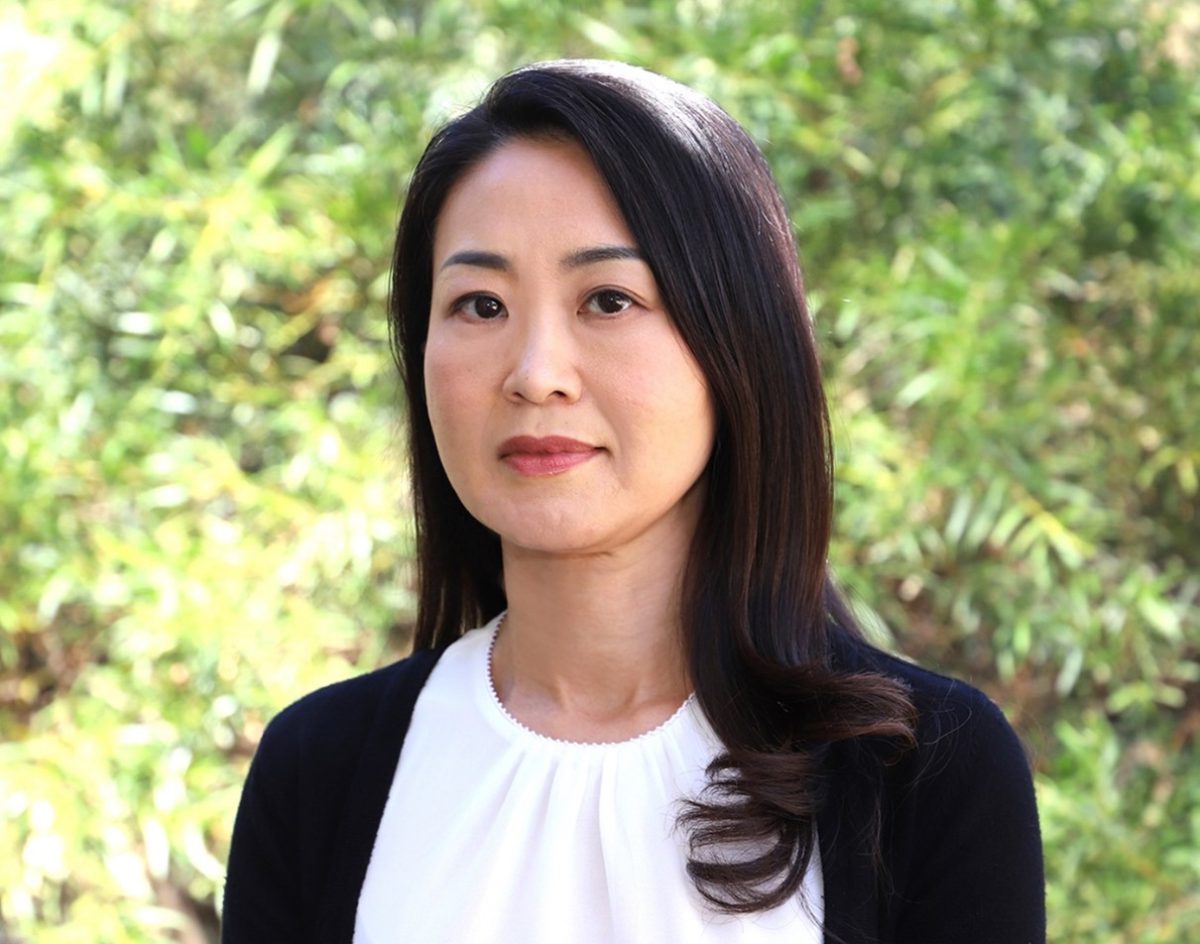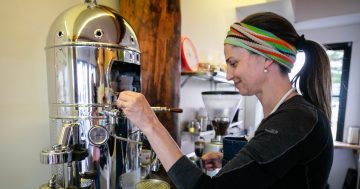
Just some of the editorial staff behind Region’s free, local news coverage. Readers want a reliable, trusted voice. Photo: Michelle Kroll.
In a media environment where there is no shortage of news but local mastheads are disappearing one by one, audience satisfaction continues to slide, according to a recent Australian news survey.
Once both a conduit and watchdog for local communities, the local newspaper is fast becoming a relic of a past era and online news is increasingly syndicated to drive clicks, according to the results of the 10th annual Digital News Report.
Produced by the University of Canberra’s News and Media Research Centre, the report finds that’s not what audiences are looking for.
Australian news audiences say they are still looking for reliable, diverse, and locally relevant news produced to high journalistic standards.
According to the comprehensive survey, more than half Australians are now accessing news more than once a day.
The survey shows the majority think it is important the news media keeps them up to date with what’s going on (80 per cent), but fewer think they are doing a good job at it (69 per cent) and less than half of people think the news media is doing a good job of offering a range of perspectives.
University of Canberra’s News and Media Research Centre and lead Digital News Report author, Professor Sora Park said: “Trust in news fluctuates but those who say they distrust the news is increasing. We know from previous studies that trust in news is also linked to representation of diverse views and backgrounds.
“The data confirms that quality journalism and transparency are the most important trust factors.”
Overall, the report underscores shifting news consumption habits, demographic disparities, and challenges facing traditional and digital news outlets in Australia.
As debate continues about the role of social media platforms and how to regulate them, more Australians are using social media to access news.
Though still the most popular news source, television news declined to 56 per cent in 2024 with social media quickly filling the gap.
Facebook (32 per cent), YouTube (26 per cent) and Instagram (16 per cent) are the top social media platforms for news among Australians, with one quarter now relying on social media as their main news source, including nearly two-thirds of Gen Z, which is a 17 percentage point increase since last year.
At 32 per cent, Instagram is now the top social media platform for news for this generation.
“Mainstream news brands and journalists continue to be the most popular source of news for people on social media,” Professor Park said.
“It’s notable that audiences say it is easier to identify trustworthy news on platforms with an established presence of news brands and clear labelling.”
Print newspapers remain an important source of news, but only among those who are highly educated.
Since 2016, print news consumption has fallen significantly (-21 per cent) and now only 17 per cent of people say they read newspapers.
Consumption of national newspaper brands generally remained stable, while regional and local newspapers rose.
Movement on digital subscription numbers was similar. Local and regional news brands (+1 per cent) and international brands (+3 per cent) rose slightly, while tabloids such as The Daily Telegraph (-9 per cent) and The Canberra Times (-9 per cent) suffered the largest drop in digital subscribers in the country last year.

University of Canberra’s News and media research centre and lead Digital News Report author, Professor Sora Park. Photo: UC.
Significantly, the Digital News Report 2024 highlights a gap between the audience’s thirst for local news and the industry’s capacity to deliver it.
From the survey, Australians are most interested in local news (64 per cent) but only half of them say they are getting enough. Compared to other news topics, local news has the widest gap between satisfaction with availability and levels of interest in it. This is especially true in regional areas.
“Some additional research we are conducting across regional Australia shows as mastheads are closed, people are experiencing the loss of local news entirely, ” Professor Park said.
“Local news directly affects smaller communities. When you look at city audiences their local news may be on the other side of the city but things affect you more if you live in smaller cities or regional areas.
“In these areas, local news is more likely to directly affect the people reading it.”
Men (63 per cent) are still much more likely to be heavy news consumers than women (46 per cent), however this year, news use increased more among women (+5pp) than men (+3pp).
But the gap in news interest between Gen Z women and men continues to widen with more young women losing interest in the news.
The gap has grown by 24 percentage points over the past 10 years, a sign young women continue to be under-served by mainstream news.
“Many young people do not read the news but as they move through the life stage shifts, we are seeing young men increasing their news consumption as they get older but young women are not. Young women use social media for their news sources and are less likely to use mainstream news, ” Professor Park said.
Despite financial pressures, the proportion of Australians paying for news remained steady at 21 per cent, a figure higher than the global average.
As with previous years, those who say their main source of news is print are among the most likely to say they pay for digital news (48 per cent).
But this year, among those who use TV as their main source of news, the proportion who pay for digital news decreased by seven percentage points.
Among those who subscribe to digital news, 54 percent subscribe to one service, 26 percent subscribe to two and 20 percent subscribe to three or more. This is a big drop from last year when 34 percent subscribed to three or more services.
“Cost of living is a big factor in reduction in numbers of subscribers,” Ms Park said.
“Decrease in subscribers is often attributed to heavy discounting to attract subscribers but this is not always a good strategy as people will cancel when the discount no longer applies.”
Of those who say they don’t pay for news, those who say they will never pay for news is increasing and is now at 57 per cent.
“We ask the participants various questions about paying for news and, regardless of price, there is a consistent thread of people saying ‘I don’t want to pay for news’.”





















